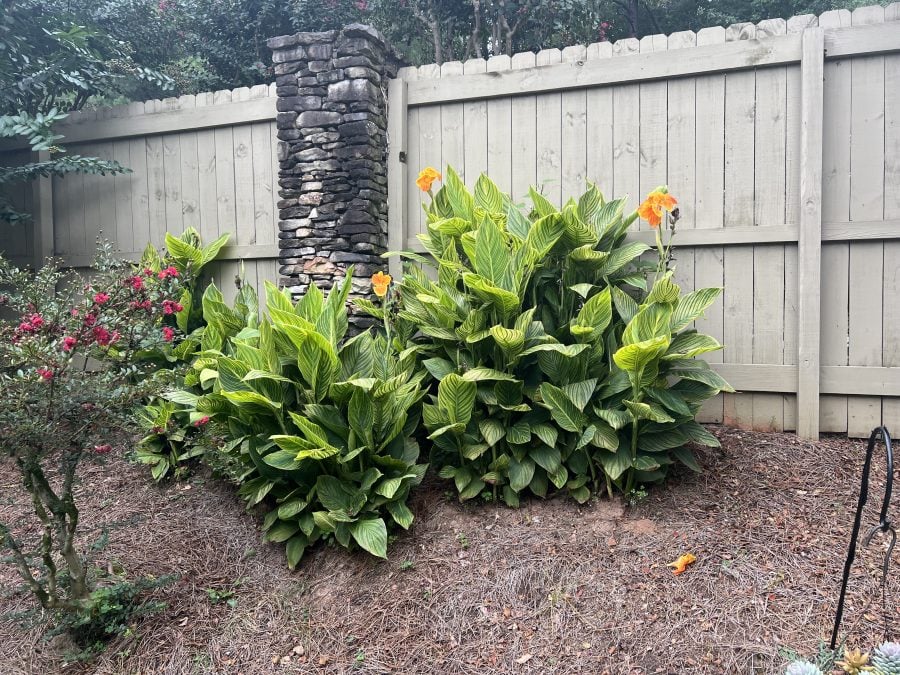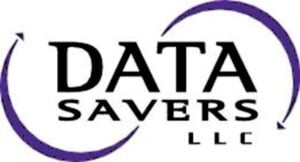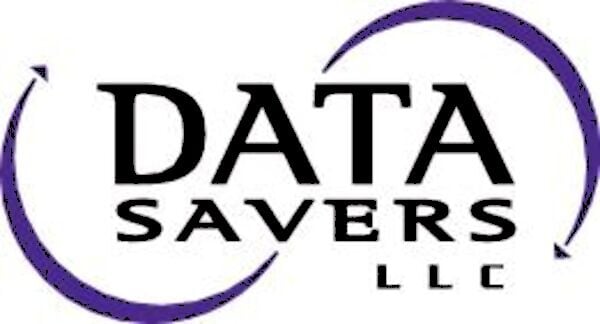Among the types of data we recover for clients, photographs are one of the most sought after and precious. Family images caught in a moment of time, including pictures of departed loved ones, are invaluable. Which is why professional deleted photo recovery services are highly sought after.
Image File Formats
Most cameras produce image files with JPG or JPEG extensions, e.g. myphoto.jpg or myphoto.jpeg. There is no structural difference between the two file types. However, some camera brands may generate their own proprietary file formats, such as Nikon’s NEF (Nikon Electronic Format) and Canon’s CRW (Canon Raw Format). Depending upon the computer and operating system, sometimes these proprietary formats won’t open with a mouse click and may require special software for viewing.
Compared to videos, photo images generally have small file sizes, although some of the proprietary formats can be 10 GB or larger. Their relatively small size makes them good recovery candidates, and somewhat resistant to fragmentation, even if there is media (platter) damage. In general, the smaller the file size, the greater the chance of recovery without data corruption.
What does data corruption look like? Note the two images below. The first is a typical photo of a plant in my Atlanta, GA home garden; the second picture was taken milliseconds / seconds after the first, but displays the hallmark signs of corrupted data within the image file.

In this case, the corruption shows up as horizontal lines. If a file is significantly corrupted, it won’t open at all, and will display an error message.

This photo has no issues. It’s included to make it easier for readers to identify the horizontal lines caused by photo corruption (in the first picture).
Can you Retrieve Deleted Photos?
In many cases, photos that are deleted (by moving them into the trash) are still available on the drive, although some operating systems, settings, or devices may delete them permanently. Photos may sometimes be recovered after a drive has been formatted, but there are two reformat cases where they may not be:
1. If a drive has been “low level formatted,” all of the underlying [hidden] data is erased.
2. Any photos that were written over by the reformat process are unrecoverable.
Any “secure erase” feature will almost certainly make a file totally unrecoverable. In some solid state drives (SSDs), a housekeeping function called “trim” may also wipe out a file, although in some instances it is possible to restore them using special engineering and recovery techniques that are frequently proprietary and only offered by a small subset of data recovery firms.
The first step in data recovery is to make a copy or clone of the failed device. This is an important step that non-professionals often fail to do. Special equipment and programs skip over unreadable sectors that computer operating systems will attempt to read multiple times. The punishes a failing drive and may result in a complete failure, rendering the data unrecoverable.
It is also essential not to recover data to the original drive, but to a totally separate device, to prevent overwriting and additional data loss.
Deleted Photo Recovery – Two Paths
Photo Recovery Software
There are several programs (commercial and professional) that can search for graphic images on a cloned drive. All work basically the same, yet different programs may have different results – some are better than others. These programs scan a drive and look for a combination of ones and zeros that identify a file type, called a GREP expression. The GREP expression commonly used for both JPG and JPEGs is cryptic – this is what it actually looks like:
(^\xFF\xD8\xFF.\x00)|(@7”xif”)|(^\xFF\xD8\xFF….\x78\x69\x66)
When the recovery program encounters this code in a file, it sequesters it into a folder along with other files of the same kind. The files it captures given identifiers to separate one from another, but it does not retrieve the original file names or any that were subsequently renamed. This is called a RAW data recovery.
Deleted Photo Recovery with Data Savers LLC
Don’t worry if you are seeing a collection of meaningless numbers, letters, and symbols on the previous line. That’s just an indication that you are better off working with a data recovery lab like Data Savers LLC, than attempting a do-it-yourself data recovery at home. Fortunately for you, Data Savers LLC has nearly twenty years of experience working to recover deleted photos, videos, or general files from all manner of data storage devices.
After we perform a data recovery, we often check the JPEGs for corruption as an indicator of the overall quality of the recovery.
There are programs that help to reconstruct a damaged file, but the good ones are expensive and require some knowledge and expertise to get the best results. A badly damaged file may be unrecoverable.
The best strategy for avoiding data loss and the need for recovery is to make multiple copies of important files on more than one storage device, including the cloud.
Request an Estimate from Data Savers LLC Today!

